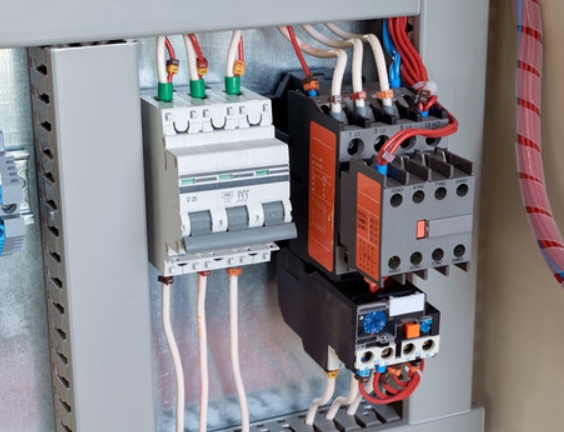In the world of electrical engineering, relays and fuses are two essential components that play crucial roles in ensuring the safety and functionality of various systems. While they may seem similar at first glance, it is important to understand that a relay is not just a fuse. In this article, we will delve into the intricate details of relays and fuses, exploring their differences, functions, and applications. By the end, you will have a comprehensive understanding of these components and their unique roles in electrical systems.
- The Basics: Understanding Relays and Fuses
1.1 What is a Relay?
A relay is an electrically operated switch that uses an electromagnet to control the flow of current in a circuit. It acts as a bridge between low-power control signals and high-power loads, allowing for the safe and efficient operation of various devices. Relays are commonly used in applications such as automotive systems, industrial machinery, and home automation.
1.2 What is a Fuse?
On the other hand, a fuse is a protective device that is designed to interrupt the flow of current in a circuit when it exceeds a certain threshold. Fuses are primarily used to prevent damage to electrical equipment and to protect against electrical fires caused by overcurrent or short circuits. They are commonly found in power distribution systems, electrical panels, and electronic devices.
- Functionality: How Relays and Fuses Differ
2.1 Relay Functionality
Relays are primarily used to control the switching of circuits. They utilize an electromagnetic coil to generate a magnetic field, which in turn activates the switch contacts. This allows for the isolation and control of high-power loads using low-power control signals. Relays offer versatility in terms of switching capabilities, allowing for complex control sequences and the integration of multiple circuits.
2.2 Fuse Functionality
Fuses, on the other hand, are designed to protect electrical systems from overcurrent conditions. When the current exceeds the rated value, the fuse element melts, interrupting the circuit and preventing further damage. Fuses are typically single-use devices and need to be replaced after they have operated. They provide a cost-effective and reliable means of protecting electrical equipment from excessive current flow.
- Applications: Where Relays and Fuses Excel
3.1 Relay Applications
Relays find extensive use in various industries and applications. In automotive systems, relays are used to control headlights, fuel pumps, and starter motors. In industrial automation, they are employed to control motors, valves, and solenoids. Home automation systems utilize relays to control lighting, HVAC systems, and security devices. The versatility of relays makes them indispensable in numerous electrical systems.
3.2 Fuse Applications
Fuses are primarily used in power distribution systems, electrical panels, and electronic devices. They provide protection against short circuits, overloads, and ground faults. In residential and commercial buildings, fuses are used to safeguard electrical circuits and prevent electrical fires. Electronic devices, such as computers and televisions, often incorporate fuses to protect sensitive components from power surges.
Conclusion:
In conclusion, a relay is not just a fuse. While both components play vital roles in electrical systems, they serve different functions and have distinct applications. Relays act as switches, allowing for the control of high-power loads using low-power control signals. Fuses, on the other hand, protect electrical systems from overcurrent conditions. Understanding the differences between relays and fuses is essential for designing safe and efficient electrical systems. So, the next time you encounter these components, remember that they are not interchangeable, but rather complementary devices that ensure the smooth operation of electrical circuits.


